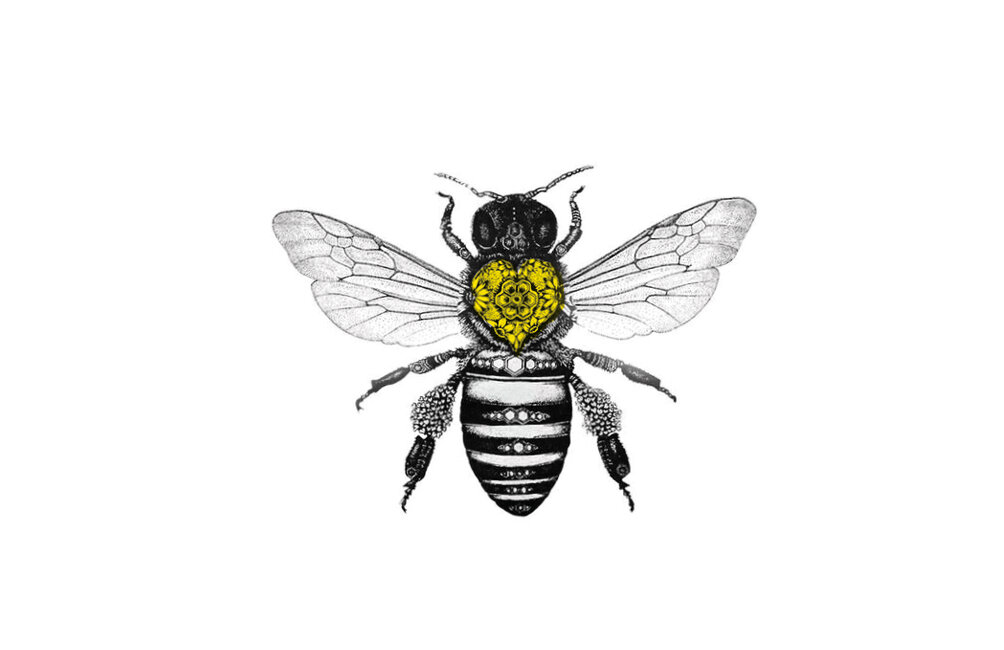STARRY NIGHTS
Rachel Zammit Cutajar interviews Italian-born Michelin-starred chef Vincenzo Guarino on ‘Luna Welcomes the Stars’ at Palazzo Parisio and how he repeatedly acquired the Michelin star.
Born in a small town of Vico Equense in Sorrento, close to Naples, Vincenzo Gaurino never doubted his career in the culinary arts. His hunger for knowledge led him to his first job in the kitchen at 11 years old and this fire never stopped burning. He attended culinary school in Roccaraso and honed his skills working in kitchens all over the world. Having just received a Michelin star for the fourth time as Executive Chef at Mandarin Oriental in Lake Como in Italy, he knows a thing or two about what it takes to get to the top of this game
What inspired you to get into cooking?
When I was a young boy, I distinctly remember Sunday lunches at my grandmother’s house. I loved watching her prepare the food and the whole family gathering together to enjoy a meal.
What made you decide to take it further?
I started working in various kitchens from the age of 11. I worked in bakeries and pastry shops and wherever I could find work. I tried to learn something wherever I went. When I finished school, I knew that this was what I wanted to do so I started to travel to expand my horizons and develop my skills as a chef. I had the opportunity to work in many Michelin-starred restaurants, both in Italy and abroad, alongside chefs such as Fredy Girardet in Lausanne, Andre’ Jaeger in Zurich, in Capri, Peter Wiss in Gstaad and Nazzareno Menghini in Rome. Three years ago, I was voted 51st place in the World’s Top Chef and last year I ranked 40th.
How did you get your Michelin star?
I have been awarded a Michelin star four times over while leading the teams in four different hotels. Just earlier in November, I was reconfirmed as Michelin star chef at the Mandarin Oriental in Lake Como. This gives the chain 27 Michelin stars in all their restaurants over 32 hotels worldwide. I was awarded my first Michelin star at I Salotti, housed in the hotel Il Patriarca in Tuscany in 2009. The second time was in 2012 at L’Accanto at the Grand Hotel Angioleieri in my home town of Vico Equense in Sorrento. In November 2016, I received another Michelin star at Il Pievano Restaurant within just seven months of working as the restaurant's executive chef.
What is your creative process for creating a dish?
The inspiration for a new dish generally comes to me when I’m calm and relaxed – while having a coffee and cigarette or taking a walk in the garden. I then go back to the kitchen and start to develop it. The creative process of creating a new dish is much like that of an artist creating a new masterpiece – every element is important. I even design my own plates, which are made by a small artisan producer in Lake Como specifically for individual dishes that I create. At Michelin star level everything is important – light, glasses, plates, china, you need to take everything into consideration.
Your chickpea and baccala spheres won you an award for Best Tapas in the world in 2015. Can you tell us how you came up with it?
Four years ago, a friend asked me to come up with a dish for 27 September for World Tapas Day. I took a traditional Spanish dish and used my Italian roots to influence the outcome of the dish. I found out later that it won an award for best tapas in the world in 2015. I took a traditional dish of salted cod and chickpeas and gave it an innovative twist. I made the baccala into small spheres and wrapped them in a chickpea cream. They are then placed in a typically Spanish cream sauce. I adapted the recipe to my Italian heritage and it has now become my signature dish.
“Over the next year or two I believe the Michelin Guide will come to Malta. Malta will attract the Guide to come over if there will be at least two or three restaurants that offer typical local cuisine”
Vincenzo GuarinoHow did you come up with the menu for ‘Luna Welcomes the Stars’ at Palazzo Parisio?
When I’m invited to host a Michelin star night, I create a menu using some of my signature dishes. Some of these dishes have travelled the world with me. From Shanghai to Dubai, London and Madrid. The dessert recipe, ricotta and pears, is a dish that I created myself and is always very popular, wherever I travel. It is a traditional Neapolitan dish to which I have added my own twist. There are 14 elements to this one dish including ricotta mousse, ginger and pear sorbet, sponge, chocolate and hazelnut among others. In every mouthful, you get a traditional dish with an explosion of flavours from all the added elements.
Another one of my signature dishes that was on the menu was a risotto with yellow tomatoes, Mazaro prawns and burrata. This dish was inspired by my grandmother’s cooking. I loved her risotto with tomatoes when I was a child and I wanted to upgrade this with yellow tomatoes. These are particularly interesting as they are the original tomatoes. The Italian word for tomato is pomodoro, “pomo” which means apple, and “d’oro” of gold. It has a very acidic taste to start off which is followed by an intense sweetness. The risotto isn’t cooked with broth as you would cook a traditional recipe, but with tomato water – the clear liquid that remains when you strain out all the bits of pulp and peel. This accentuates the subtle flavours of the ingredients.
Have you ever been to Malta before this trip?
This is my third time to the island. The first time was three years ago as a friend who owns a restaurant in Valetta – Capo Crudo – invited me over. The second time I was invited to cook a gala dinner at de Mondion at the Xara Palace Relais and Chateau.
What do you think about the food scene in Malta?
I believe that this is a very exciting time for the local culinary scene. There are some wonderful ingredients and some chefs that are doing interesting things with them.
Over the next year or two I believe the Michelin Guide will come to Malta. Malta will attract the Guide to come over if there will be at least two or three restaurants that offer typical local cuisine. Once in Malta, the Guide will give stars to any restaurant that deserves it, so it is possible for a Japanese restaurant to get a star, but it would only happen if there are Maltese restaurants that the Guide is interested in. This is a great thing for the Maltese culinary scene. Once you have a few restaurants offering standard cuisine, the overall standard will go up very quickly.
It’s important for Malta to keep inviting Michelin star chefs to Malta as Palazzo Parisio is doing with ‘Luna Welcomes the Stars’ so that Maltese diners will start to understand what a Michelin star meal should be like. This a new benchmark that local diners must get used to as well as chefs. The result will be an increase the standard of food all around.
What is your advice to chefs trying to up their game?
The ingredients you use are fundamental to creating any meal, whether it’s a simple plate of pasta with tomato sauce or a Michelin-starred dish.
When I source ingredients, I will always go to the small producers – small producers of cheese and fishermen. Once you start using large importers or producers you lose quality. I’d rather do my own research and find producers that are genuine. My advice would be to not get lazy. Find people who produce artisan ingredients with passion. That will translate into your own dish.
What do you like to do in your free time?
I like to travel to understand different cultures, food and ways of cooking. When I’m not thinking about food, I like to read and take long walks in the country. As I grew up in Napoli, I have a huge affinity to the sea and love every aspect of it, from the fish that live in it to lounging around on the beach.
What is your favourite food?
I love to cook and eat risotto of any kind. It reminds me of my grandmother. I love every kind of risotto but mostly my own signature dish with yellow tomatoes, Mazaro prawns and burrata that we will be serving tomorrow.
What are three ingredients you couldn’t live without?
Tomato, mozzarella and pasta. And olive oil. I know that’s four, but I believe that with these four ingredients, you can always be sure that wherever you are in the world people will like them – from Japan to Chile and everywhere in between, a dish with these four ingredients will be popular.
What are your plans for the future?
I’d like to have a small agriturismo or boutique hotel in Tuscany where we will produce all our own ingredients. My plan is to be able to create a meal where I know exactly where everything comes from, I know that all my ingredients are organic and that they are real products.
I am in the process of creating that. Now, we are producing around 6,000 bottles of olive oil per year. I brought a bottle of olive oil but it was confiscated at the Bergamo airport. I begged the security officials to at least take it home with them, but they insisted on throwing it away. It was a sad day. We also produce a variety of tomatoes and at the end of 2020 we will start producing pasta. Of course, no meal is complete without a glass of good wine so we also produce Chianti classico.






